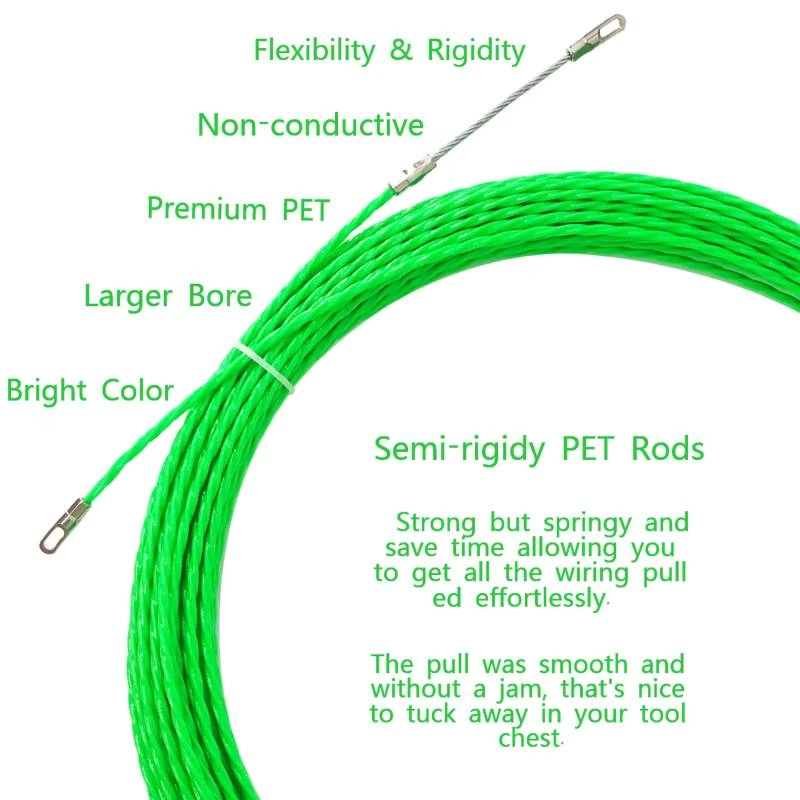
-
 Afrikaans
Afrikaans -
 Albanian
Albanian -
 Amharic
Amharic -
 Arabic
Arabic -
 Armenian
Armenian -
 Azerbaijani
Azerbaijani -
 Basque
Basque -
 Belarusian
Belarusian -
 Bengali
Bengali -
 Bosnian
Bosnian -
 Bulgarian
Bulgarian -
 Catalan
Catalan -
 Cebuano
Cebuano -
 Corsican
Corsican -
 Croatian
Croatian -
 Czech
Czech -
 Danish
Danish -
 Dutch
Dutch -
 English
English -
 Esperanto
Esperanto -
 Estonian
Estonian -
 Finnish
Finnish -
 French
French -
 Frisian
Frisian -
 Galician
Galician -
 Georgian
Georgian -
 German
German -
 Greek
Greek -
 Gujarati
Gujarati -
 Haitian Creole
Haitian Creole -
 hausa
hausa -
 hawaiian
hawaiian -
 Hebrew
Hebrew -
 Hindi
Hindi -
 Miao
Miao -
 Hungarian
Hungarian -
 Icelandic
Icelandic -
 igbo
igbo -
 Indonesian
Indonesian -
 irish
irish -
 Italian
Italian -
 Japanese
Japanese -
 Javanese
Javanese -
 Kannada
Kannada -
 kazakh
kazakh -
 Khmer
Khmer -
 Rwandese
Rwandese -
 Korean
Korean -
 Kurdish
Kurdish -
 Kyrgyz
Kyrgyz -
 Lao
Lao -
 Latin
Latin -
 Latvian
Latvian -
 Lithuanian
Lithuanian -
 Luxembourgish
Luxembourgish -
 Macedonian
Macedonian -
 Malgashi
Malgashi -
 Malay
Malay -
 Malayalam
Malayalam -
 Maltese
Maltese -
 Maori
Maori -
 Marathi
Marathi -
 Mongolian
Mongolian -
 Myanmar
Myanmar -
 Nepali
Nepali -
 Norwegian
Norwegian -
 Norwegian
Norwegian -
 Occitan
Occitan -
 Pashto
Pashto -
 Persian
Persian -
 Polish
Polish -
 Portuguese
Portuguese -
 Punjabi
Punjabi -
 Romanian
Romanian -
 Russian
Russian -
 Samoan
Samoan -
 Scottish Gaelic
Scottish Gaelic -
 Serbian
Serbian -
 Sesotho
Sesotho -
 Shona
Shona -
 Sindhi
Sindhi -
 Sinhala
Sinhala -
 Slovak
Slovak -
 Slovenian
Slovenian -
 Somali
Somali -
 Spanish
Spanish -
 Sundanese
Sundanese -
 Swahili
Swahili -
 Swedish
Swedish -
 Tagalog
Tagalog -
 Tajik
Tajik -
 Tamil
Tamil -
 Tatar
Tatar -
 Telugu
Telugu -
 Thai
Thai -
 Turkish
Turkish -
 Turkmen
Turkmen -
 Ukrainian
Ukrainian -
 Urdu
Urdu -
 Uighur
Uighur -
 Uzbek
Uzbek -
 Vietnamese
Vietnamese -
 Welsh
Welsh -
 Bantu
Bantu -
 Yiddish
Yiddish -
 Yoruba
Yoruba -
 Zulu
Zulu


Dec . 11, 2024 09:42 Back to list
Choosing the Right Ground Rod for Effective Pool Bonding Solutions
The Importance of Ground Rods for Pool Bonding Ensuring Safety and Compliance
In recent years, the popularity of swimming pools has surged, leading to an increased focus on safety and compliance in pool installations. One critical aspect that often gets overlooked is the grounding and bonding of electrical systems surrounding swimming pools. Ground rods for pool bonding are essential components in ensuring that your pool area is safe for all users.
Understanding Grounding and Bonding
Before diving into the details of ground rods, it’s crucial to differentiate between grounding and bonding. Grounding refers to the process of connecting electrical systems to the ground, which helps to prevent electrical shock by redirecting excess electricity safely into the earth. Bonding, on the other hand, involves connecting various metal parts together to ensure that they have the same electrical potential. This is vital for pool areas, as it helps prevent differences in voltage that could lead to shocks.
Why Ground Rods are Necessary
The primary purpose of ground rods in pool bonding is to enhance safety. When a fault occurs in electrical equipment near the pool, such as a malfunctioning pool pump, it can create a hazardous situation for anyone in or around the water. Ground rods provide a low-resistance path for stray currents to dissipate safely into the ground, thereby minimizing the risk of electrical shock.
Moreover, local building codes and the National Electrical Code (NEC) often mandate specific grounding and bonding practices to ensure safety. Using ground rods as part of your electrical bonding system helps to comply with these regulations, reducing legal liabilities and insurance claims arising from electrical accidents.
ground rod for pool bonding

How Ground Rods Work
Ground rods are typically made of copper or galvanized steel and are driven into the ground near the pool's electrical equipment. They must be bonded to the pool’s metal components, such as handrails, ladders, and lights, as well as to the electrical supply system. This creates a network that allows stray currents to be directed safely to the ground.
The installation of ground rods must be done properly to ensure effectiveness. The length and depth of the rod, as well as the soil conditions, can significantly affect its performance. A ground rod generally needs to be at least 8 feet long, and the depth may need to be adjusted based on local soil conditions.
Regular Inspection and Maintenance
Once installed, ground rods for pool bonding should be regularly inspected and maintained. Corrosion can occur over time, especially in areas with high moisture content or saltwater exposure. Any signs of wear, rust, or damage should be addressed immediately to maintain the system's effectiveness. It is advisable to have a certified electrician carry out these inspections to ensure that everything is up to code.
Conclusion
The importance of ground rods for pool bonding cannot be overstated. They play a crucial role in creating a safe environment for pool users by preventing electrical shocks and ensuring compliance with local regulations. Homeowners should prioritize the installation of ground rods during their pool setup and ensure regular maintenance to keep the system functioning smoothly. By understanding and implementing proper grounding and bonding techniques, pool owners can enjoy peace of mind while relaxing in their aquatic retreats.
Latest news
What Are Construction Tools and How Are They Used?
NewsJul.11,2025
Professional-Grade Duct Rodding Tools for Superior Cable Installation
NewsJul.11,2025
Enhancing Safety and Efficiency with Modern Hot Stick Solutions
NewsJul.11,2025
Empowering Cable Installation with Advanced Rodder Solutions
NewsJul.11,2025
Elevate Your Cable Installation Projects with Cable Pulling Tools
NewsJul.11,2025
Efficient Cable Handling Solutions: Cable Rollers for Sale
NewsJul.11,2025











